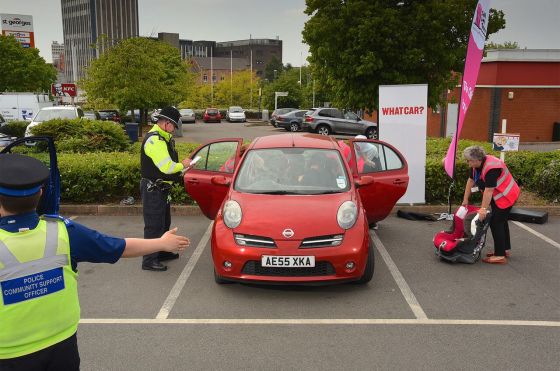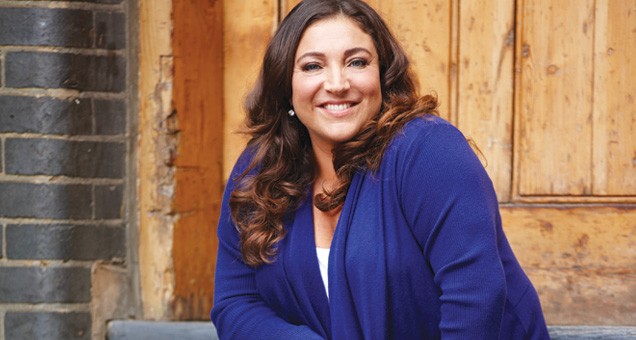From March 1 2017, however, all new-to-market backless booster seats are only approved for children weighing more than 22kg and taller than 125cm.
It’s important to note that the regulations affect newly designed and manufactured booster seats sold after March 1. The older rules still apply for seats manufactured prior to this date.
Only seats approved by the EU are legal in the UK: these will have a label with a capital ‘E’ in a circle.
READ MORE: New mobile phone laws could see young drivers banned after one offence
What seat should my child use when?
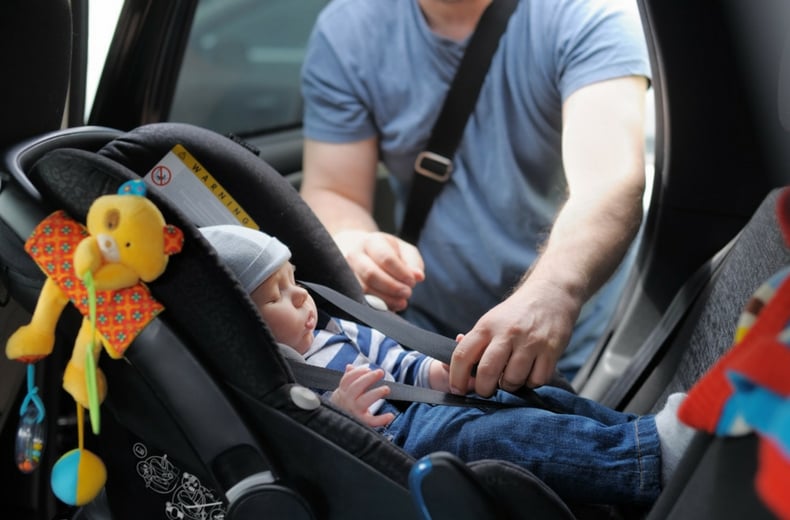
Adults can choose child seats based either on a child’s height or weight.
- Height-based child seats are called i-Size seats.
- Weight-based child seats offer a range of options: 0kg to 9kg or 13kg, 9kg to 18kg, and 15kg to 36kg.
Children must use a rear-facing seat until the they are 15 months old. Never fit a rear-facing child seat in the front if there is an active airbag on the passenger side of the car.
When your child reaches 15 months, their neck will be stronger and it’ll now be safe to use mount their car seat facing forward.
Children weighing more than 22kg and taller than 125cm can use a backless booster seat.
Children of 12 years old taller than 135cm do not need to use a child seat, but have to legally, before then.
Child seats must be fitted either using ISOFIX mountings or a diagonal seat belt strap.
For smaller children, a highback booster seat is recommended.
READ MORE: 30 handy money-saving motoring tips
Why did the law change?
Experts warned that backless booster seats are not secure, rendering them unsafe for young children.
In the event of a side-on crash, a standard seat belt offers little protection for a child as it’s not guided across the body in the same way as a booster seat.
Mark Bennett, European Product Expert for Britax, said: “The debate around children’s car seat safety is a perennial topic across Europe, so it isn’t surprising that there are positive updates to the regulations, especially when it comes to booster cushions.
“Booster cushions do not offer head or side protection, which is vital for young children who are still developing and more susceptible to trauma in the event of an accident.
Britax is also urging parents to ‘bin the booster’ and has been for the past years.
Mr Bennet said: “To ensure a child in this size and weight category is protected and safe in transit, the most effective and safe method is to use a highback booster.
“We recommend parents look for highback booster seats with deep protective side wings, head support and seat belt guides to ensure the best protection for their children.”
When can kids legally travel without a car seat?
UK law dictates that a child must use a child car seat until they’re 12-years-old or 135cm tall, whichever comes first. Children over the age of 12 or more than 135cm tall must wear a seat belt.
There are some exceptions when a child does not need to legally use a car seat, such as:
- A child can travel in a taxi or minicab, without a car seat, but wearing a seat belt, if the driver doesn’t provide the correct child car seat. They must travel in the rear and wear an adult seat belt if they’re over the age of three. Children under three should travel without a seat belt.
- Children can also travel in a coach or minibus without a child car seat, but must travel in the rear seats of a minibus if a child car seat or an adult seat belt isn’t fitted. If child car seats are not fitted or deemed unsuitable, children aged three or older travelling in a minibus must use a seat belt.
- A child aged three or older may also use an adult seat belt if making an unexpected but necessary journey over a short distance.
The same rules apply for children with disabilities or medical conditions, but they may use a disabled person’s seat belt or child restraint designed for their needs. A doctor may issue an exemption certificate if necessary.
STAY SAFE: What are the seat belt laws and who’s responsible for the passengers?
What else do I need to look for when buying a child seat?
The easiest way to make sure your child is protected (and avoid unintentionally breaking the law) is to look for a brand new ‘i-size’ car seat based on the child’s height.
All i-size car seats come with ISOFIX fitting points. This means you can fit the car seat to your car safely without relying on seat-belts. ISOFIX fitting points are increasingly fitted to new cars as standard.
With so many car seats on sale, it can be very confusing choosing the right one for your child. We’d suggest buying one from a high street store such as Halfords or Mothercare, and avoid the temptation to buy them online from an unknown source.
Secondhand seats are often cheap – but you don’t know their history and whether they’ve been involved in a crash which might have damaged them.
All car seats used in the UK must be European-approved. Look out for a label showing a capital ‘E’ in a circle – this indicates that it complies with the latest regulations.
Safety and car seats – the facts
It wasn’t until the 1960s that any thought was really given to child seats – and even then, they were simple booster seats designed to give children a better view out of windows than to keep them safe in the event of a crash.
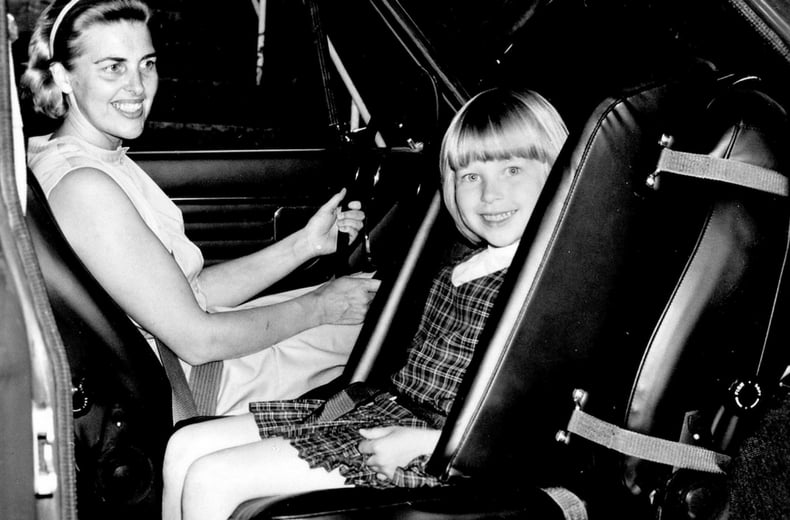
Volvo has a reputation for being the first with safety advances, so it’s no surprise that it launched a child seat prototype in 1964.
Inspired by how astronauts travel backwards, medical doctor Bertil Aldman (subsequently professor in traffic safety at Chalmers University of Technology), developed the very first child seat prototype and tested it in a Volvo PV544.
The Volvo Amazon was available with a front passenger’s seat that could be turned around entirely from 1967, allowing a child to be kept in place using straps and a padded backrest.
The firm launched the world’s first booster cushion in 1976, and in 1990 the Volvo 960 was launched with an integrated booster cushion.
Seat-belts didn’t become a legal requirement for rear-seat passengers in the UK until 1987 and, remarkably, laws requiring children to use special car seats weren’t introduced until 2006!
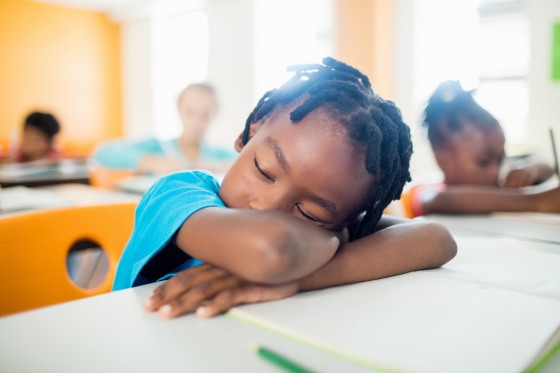

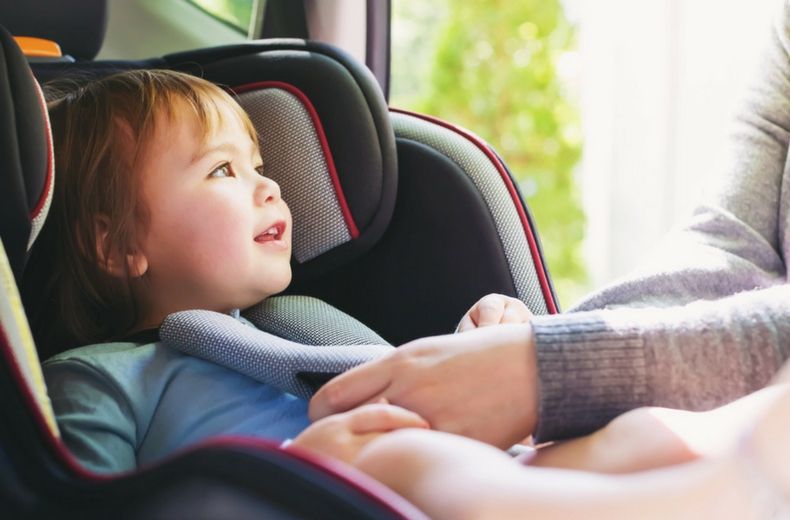 It is essential for the safety of your child that you understand the updated child car seat laws and the correct way to install one.
It is essential for the safety of your child that you understand the updated child car seat laws and the correct way to install one.














